Home>Garden Essentials>How Do You Get Sunflower Seeds From The Flower
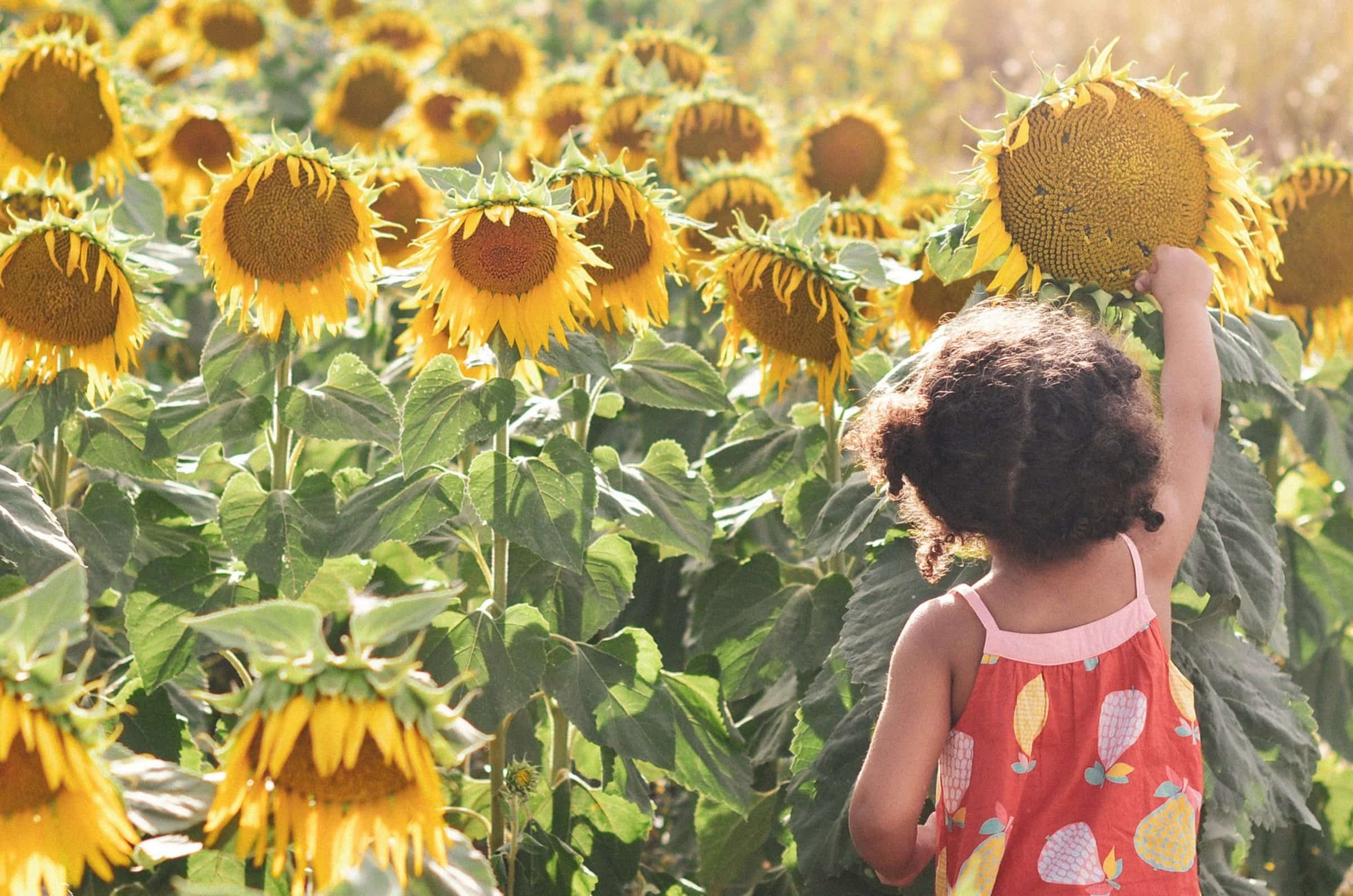

Garden Essentials
How Do You Get Sunflower Seeds From The Flower
Modified: August 16, 2024
Learn how to harvest sunflower seeds from your garden and enjoy the tasty rewards of your hard work. Follow these simple steps to get sunflower seeds from the flower.
(Many of the links in this article redirect to a specific reviewed product. Your purchase of these products through affiliate links helps to generate commission for Storables.com, at no extra cost. Learn more)
Introduction
Welcome to the fascinating world of sunflowers! These vibrant and iconic flowers not only bring joy to our gardens but also offer a delicious reward in the form of sunflower seeds. Harvesting sunflower seeds can be a highly rewarding experience for any gardener, as it allows us to enjoy the fruits of our labor and explore the wonders of nature up close.
In this article, we will dive into the intriguing process of obtaining sunflower seeds from the flowers themselves. From understanding the anatomy of sunflowers to learning about the pollination process and the subsequent development of seeds, we will provide you with a comprehensive guide on how to successfully harvest and extract the precious sunflower seeds from the flower heads.
So, if you’re ready to embark on this educational journey and unlock the secrets of sunflower seed production, let’s dig in!
Key Takeaways:
- Sunflower seeds develop from the flower head after pollination, and harvesting them involves checking for maturity, cutting the stem, and gently removing the seeds.
- To extract sunflower seeds, gently apply pressure and tap the back of the flower head to release the seeds, then store them in a cool, dry place for future use.
Read more: How To Get Sunflower Seeds From A Sunflower
Understanding Sunflower Anatomy
Before we delve into the process of obtaining sunflower seeds, it’s essential to familiarize ourselves with the anatomy of a sunflower. Sunflowers, scientifically known as Helianthus annuus, are composed of different parts, each playing a crucial role in the flower’s growth and reproduction.
The main parts of a sunflower include:
- Roots: Sunflowers have a strong and extensive root system that absorbs water and nutrients from the soil. These roots also provide stability to the plant, especially when it grows tall.
- Stem: The stem of a sunflower serves as the main support structure, allowing the flower to grow tall and reach for sunlight. It also transports water, nutrients, and sugars between the roots and other parts of the plant.
- Leaves: Sunflower leaves are broad and green, with a rough texture. These leaves play a vital role in photosynthesis, converting sunlight into energy for the plant’s growth.
- Flower Head: The most recognizable part of a sunflower is its large flower head. The flower head consists of hundreds of individual flowers arranged in a spiral pattern. The outer flowers, known as ray florets, are often colorful and resemble petals, while the inner flowers, known as disc florets, are small and inconspicuous.
- Petals: The ray florets on the outer edge of the sunflower head are the petals that give the flower its vibrant appearance. These petals serve the purpose of attracting pollinators.
- Stamens: Within the disc florets of the sunflower head, you will find the stamens. These are the male reproductive organs that produce pollen.
- Pistils: The pistils are the female reproductive organs of the sunflower. They are located within the disc florets and consist of the stigma, style, and ovary. The stigma is where the pollen grains land, and the style leads to the ovary, where fertilization occurs.
Now that we have a basic understanding of the anatomy of a sunflower, let’s explore how the pollination process takes place, leading to the development of sunflower seeds.
Pollination Process
Pollination is a crucial step in the reproductive cycle of sunflowers. It is the process by which pollen from the stamens is transferred to the stigma of the pistil, leading to fertilization and the production of seeds.
Sunflowers are unique in that they have both male and female reproductive organs within the same flower. This phenomenon is known as “perfect” flowers. However, sunflowers are primarily cross-pollinated, meaning they rely on external agents, such as bees, butterflies, or even the wind, to transfer pollen from one flower to another.
When a pollinator visits a sunflower, it inadvertently brushes against the stamens, collecting pollen grains. As the pollinator moves to another sunflower, some of the pollen grains are transferred to the stigma, allowing for fertilization. The pollinated stigma develops a tubular structure called the style, which connects to the ovary where the fertilized seeds will form.
It’s important to note that sunflowers have a specific flowering pattern that enhances the chances of successful pollination. The outer ring of flowers, known as the ray florets, typically open first and attract pollinators with their bright colors, while the inner disc florets, which contain the stamens and pistils, mature later.
In order to maximize the chances of pollination, it’s recommended to plant sunflowers in clusters or rows, as this increases the probability of cross-pollination between different flowers.
Now that we understand the pollination process, let’s explore the subsequent development of sunflower seeds.
Development of Sunflower Seeds
Once pollination occurs, the fertilized pistil starts to develop into a seed. The ovary, which is located at the base of the pistil, undergoes a transformation, gradually turning into the fruit we know as a sunflower seed.
As the seed develops, the ovary wall thickens and hardens, forming a protective shell around the developing embryo. Inside the seed, the embryo is surrounded by nutrient-rich endosperm, which provides the necessary energy and resources for germination and early growth.
During the early stages of development, the seed remains green and soft. As it continues to mature, it changes color, usually turning a darker shade of grey or brown. This change in color is an indication that the seed is nearing full maturity.
Throughout the development process, the sunflower head may start to droop slightly as the weight of the seeds increases. It’s essential to monitor the progress of the seeds to determine the optimal time for harvesting.
Depending on the sunflower variety, environmental conditions, and other factors, the time it takes for the seeds to fully develop can vary. On average, it takes around 30 to 45 days from pollination to seed maturity.
Now that we have a grasp on how sunflower seeds develop, let’s explore the next step in the process: harvesting the seeds.
After the sunflower blooms, the flower head will start to dry out. Once the back of the flower head turns brown, you can cut it off and hang it upside down to dry. Once dry, you can easily remove the sunflower seeds from the head.
Harvesting Sunflower Seeds
Harvesting sunflower seeds is an exciting and rewarding task for any gardener. To ensure a successful harvest, it’s crucial to observe the signs of seed maturity and select the right time for harvesting.
One of the most easily identifiable signs of seed maturity is the change in color of the back of the sunflower head. As the seeds mature, the back of the head turns from green to a yellowish or brownish color. Additionally, the seeds themselves will become plump and firm to the touch.
Here are the steps to follow when harvesting sunflower seeds:
- Check for Seed Maturity: Inspect the back of the sunflower head and gently squeeze a few seeds to determine if they are mature and firm.
- Prepare for Harvest: Ensure you have a clean and dry workspace, as well as containers or bags to collect the seeds.
- Cut the Stem: Use sharp pruning shears or a knife to cut the sunflower head from the stem, leaving a few inches of stem attached.
- Collect the Seeds: Gently rub or tap the back of the sunflower head to release the seeds. Allow the seeds to fall into your containers or bags.
It’s important to note that some seeds may still be attached to the flower head, and that’s perfectly normal. You will remove these seeds in the next step.
Once the seeds are collected, the next step is to separate them from the flower head.
Continue to the next section to learn how to remove sunflower seeds from the flower head.
Read more: How Do You Eat Sunflower Seeds
Removing Sunflower Seeds from the Flower
After harvesting the sunflower heads and collecting the mature seeds, the final step is to extract the seeds from the flower head. While this process may seem daunting, it can be done easily with a few simple steps.
Here’s how to remove sunflower seeds from the flower head:
- Prepare the Workspace: Find a clean and well-ventilated area to work in. Place a clean cloth or paper towels on your workspace to catch any debris or stray seeds.
- Hold the Flower Head: Take the sunflower head and hold it firmly in one hand. Make sure the back of the head, where the seeds are located, is facing upward.
- Apply Pressure: Use your other hand or a gentle gripping tool to apply pressure to the back of the sunflower head. This will help loosen the seeds from the flower head.
- Rotate and Tap: Slowly rotate the sunflower head as you gently tap it on the back. This will encourage the seeds to fall out from their individual pockets.
- Collect the Seeds: As the seeds start to loosen and fall out, collect them in a container or onto the cloth/paper towels. Continue rotating and tapping the sunflower head until all the seeds are removed.
It’s important to be patient while removing the seeds, as some may be firmly attached and require a bit more effort. Avoid applying excessive force, as this may damage the seeds.
Once all the seeds are removed, it’s a good idea to inspect them for any signs of damage, mold, or pests. Discard any seeds that appear unhealthy, as they may not be suitable for consumption or planting.
After successfully removing the sunflower seeds from the flower head, you can store them in a cool, dry place in airtight containers or bags. Make sure to label them with the date and variety to keep track of their freshness and origin.
With the seeds safely harvested and stored, you can enjoy them as a delicious and nutritious snack or use them for planting in your garden. Sunflower seeds are not only a tasty treat but also a reminder of the wonders of nature and the joy of successful gardening.
Now that you have mastered the art of removing sunflower seeds, take pride in your accomplishment and continue to explore the marvels that the world of gardening has to offer.
Conclusion
Congratulations on becoming a sunflower seed harvesting expert! Throughout this article, we’ve delved into the fascinating world of sunflowers, from understanding their anatomy to exploring the pollination process, development of seeds, and the art of harvesting and extracting sunflower seeds from the flower heads.
By understanding the anatomy of a sunflower, we gained insights into the various parts that contribute to its growth and reproduction. Learning about the pollination process revealed the crucial role that pollinators play in transferring pollen and initiating seed development.
As we explored the development of sunflower seeds, we uncovered the transformation of the ovary into a seed with a protective shell and nutrient-rich endosperm. Understanding the signs of seed maturity helped us determine the optimal time for harvest.
Finally, we learned how to successfully harvest sunflower seeds by cutting the sunflower heads, collecting the seeds, and gently removing them from the flower head. These steps ensure that we can enjoy the fruits of our labor – the delicious and nutritious sunflower seeds.
Remember, harvesting sunflower seeds not only provides a tasty treat but also allows us to continue the cycle of life by saving seeds for future planting. Plus, the process itself is a rewarding experience that connects us to nature and the wonders of gardening.
So, as you embark on your sunflower seed harvesting journey, take pleasure in witnessing the beauty of sunflowers, appreciate the vital role of pollinators, and savor the satisfaction of gathering your very own sunflower seeds. Happy harvesting!
Frequently Asked Questions about How Do You Get Sunflower Seeds From The Flower
Was this page helpful?
At Storables.com, we guarantee accurate and reliable information. Our content, validated by Expert Board Contributors, is crafted following stringent Editorial Policies. We're committed to providing you with well-researched, expert-backed insights for all your informational needs.
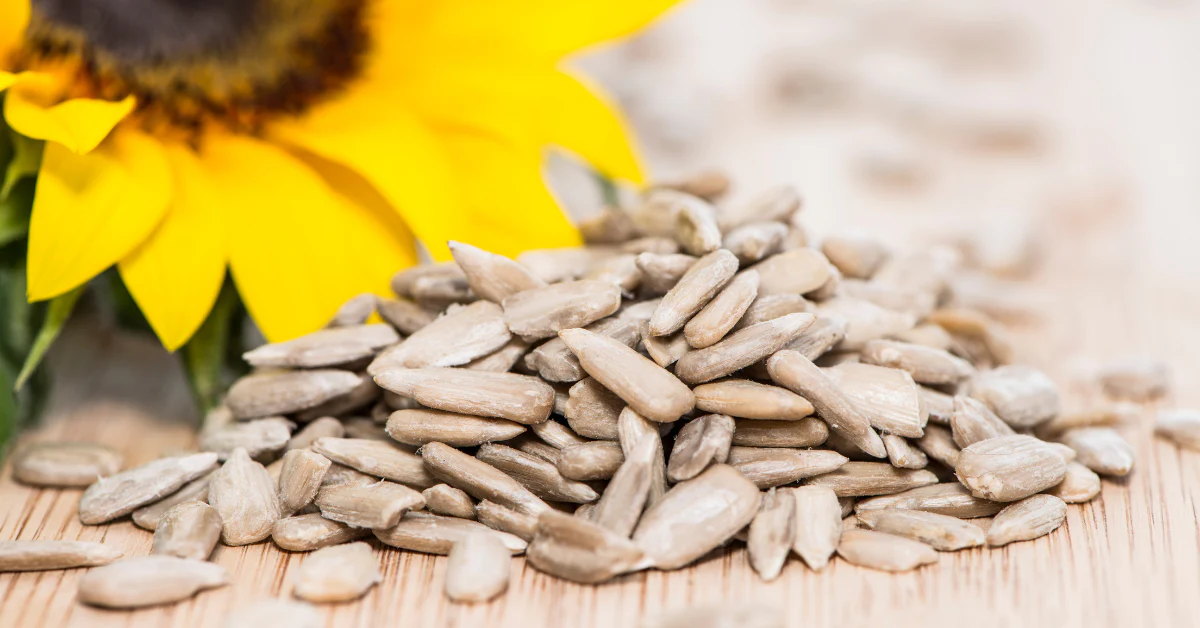
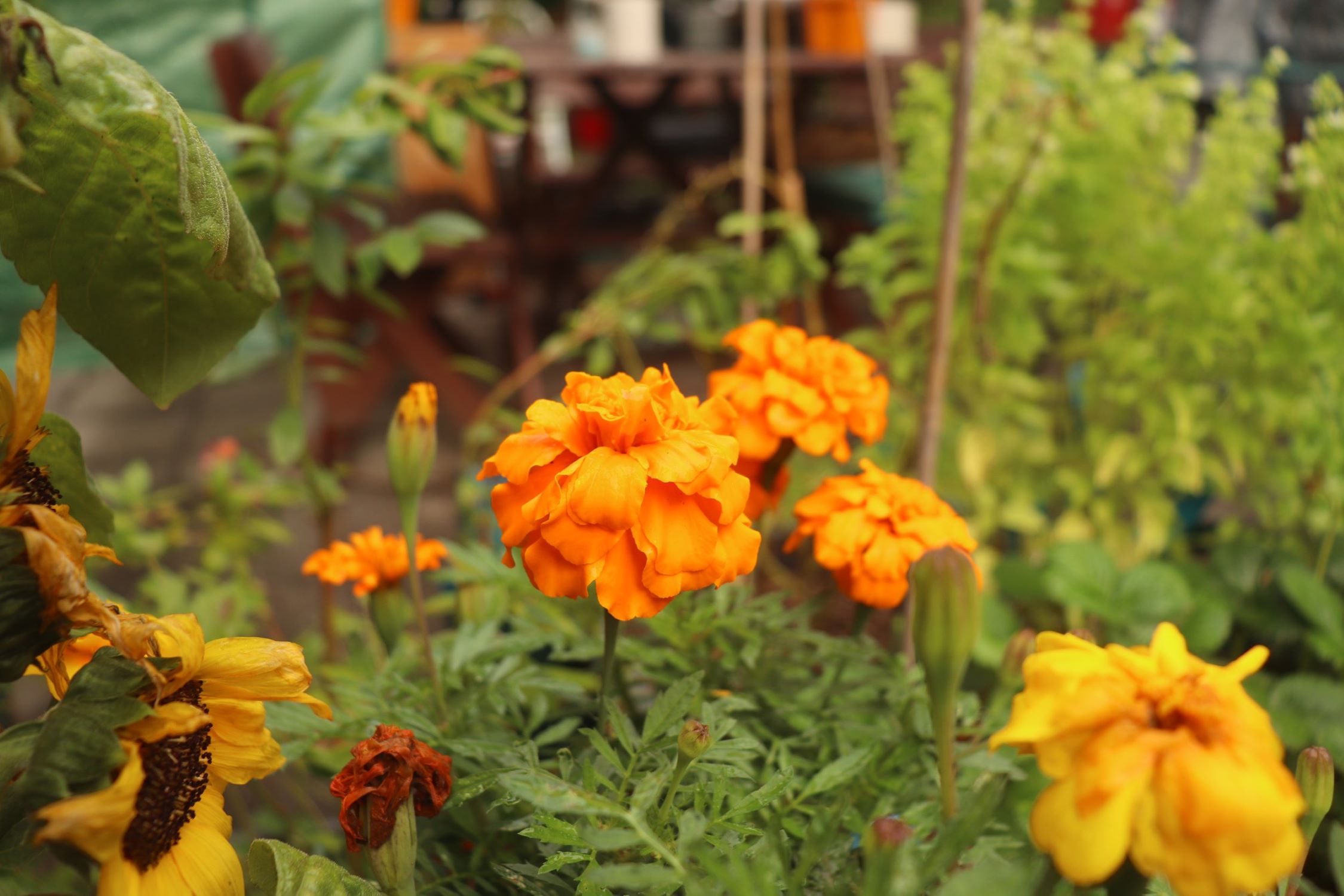
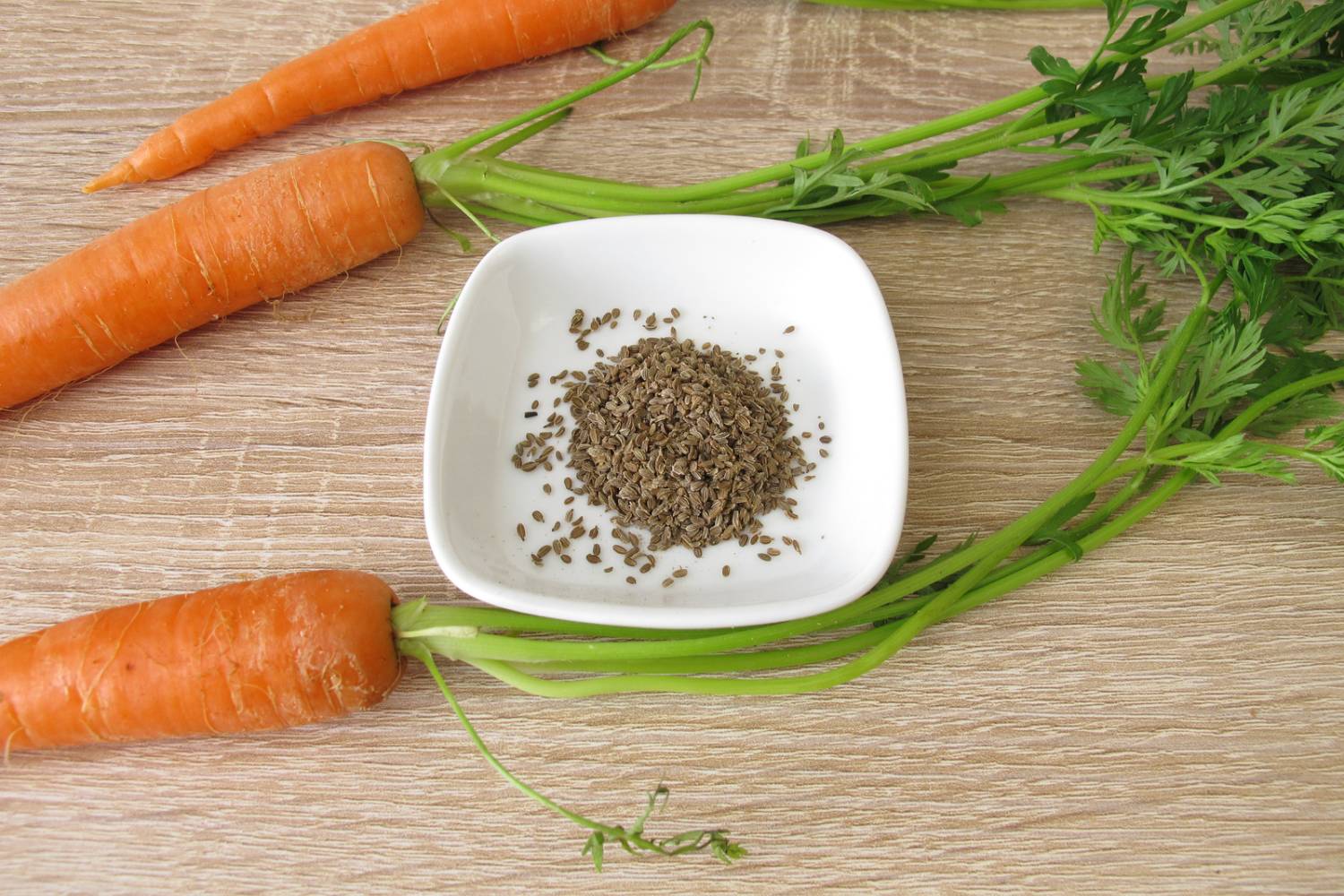
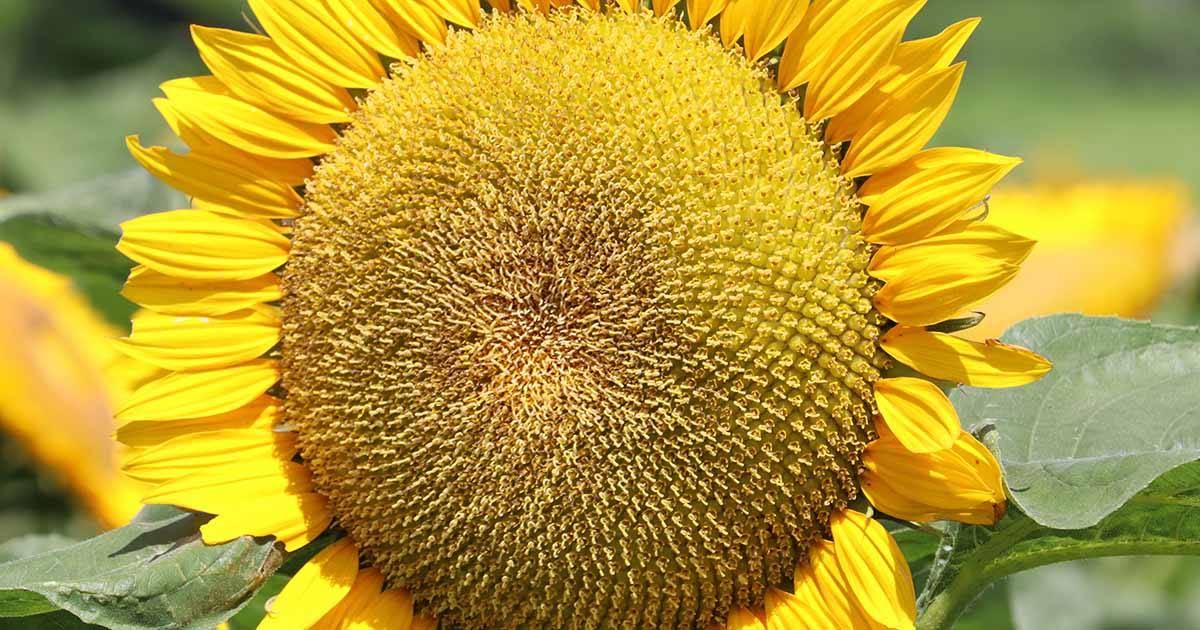
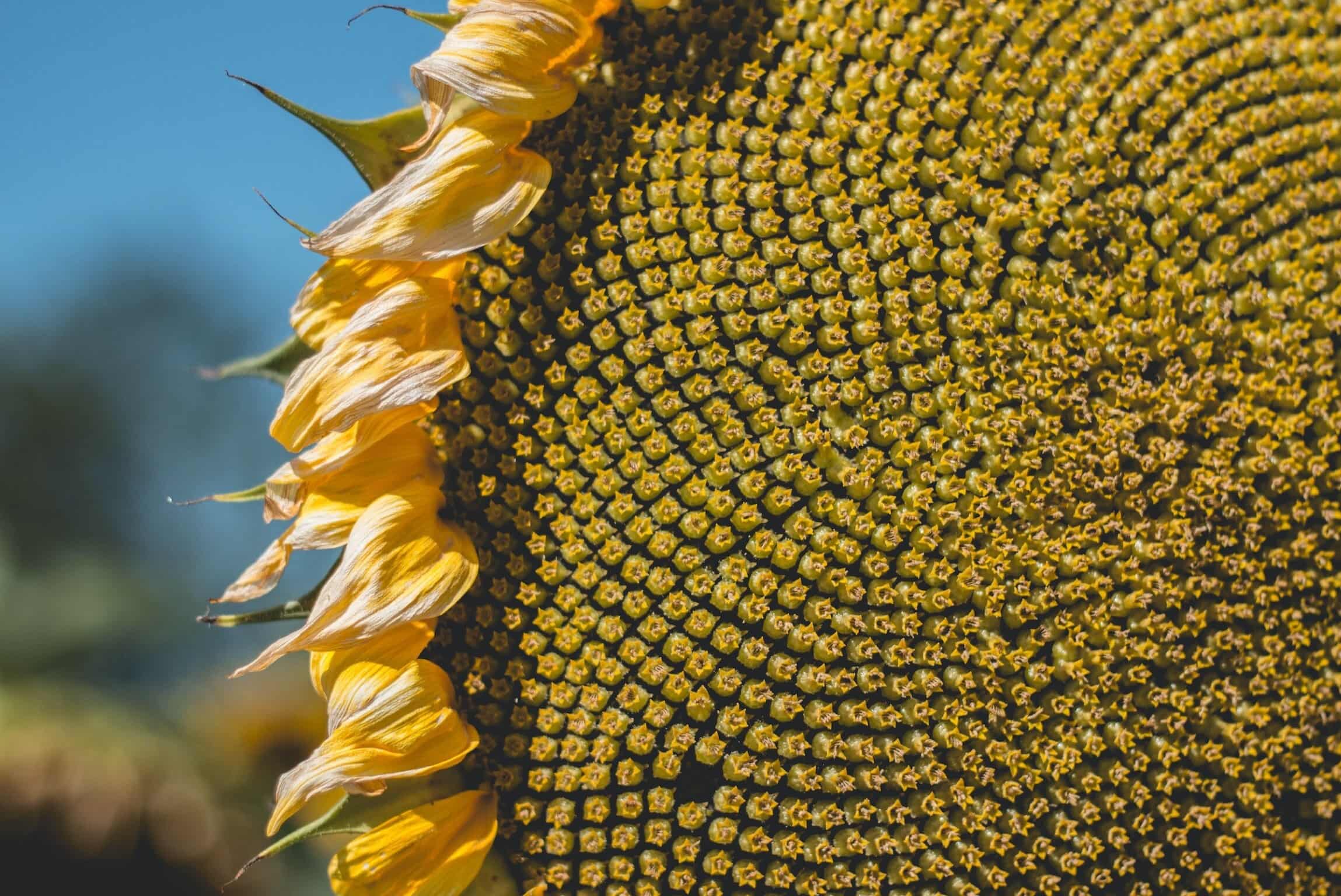
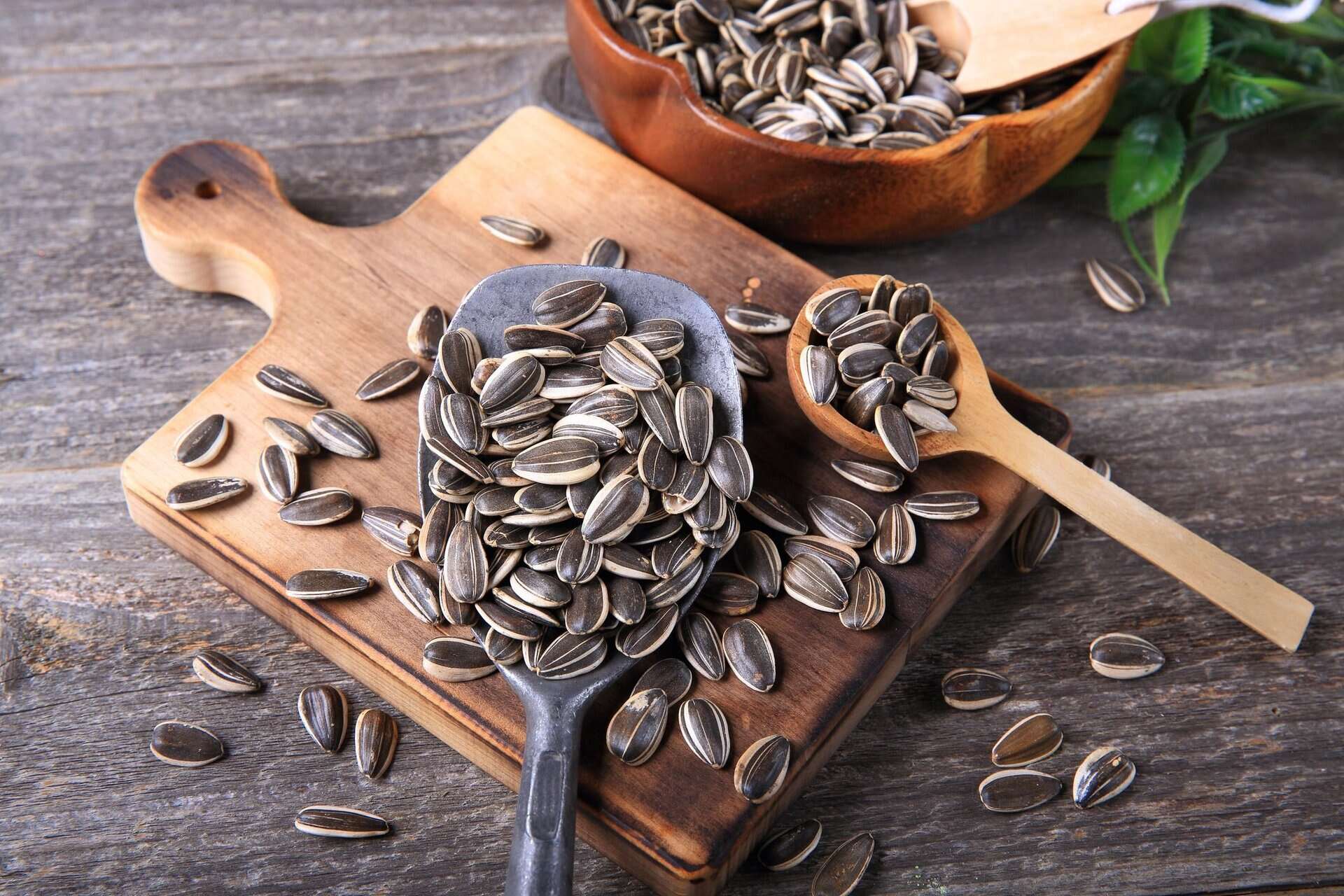
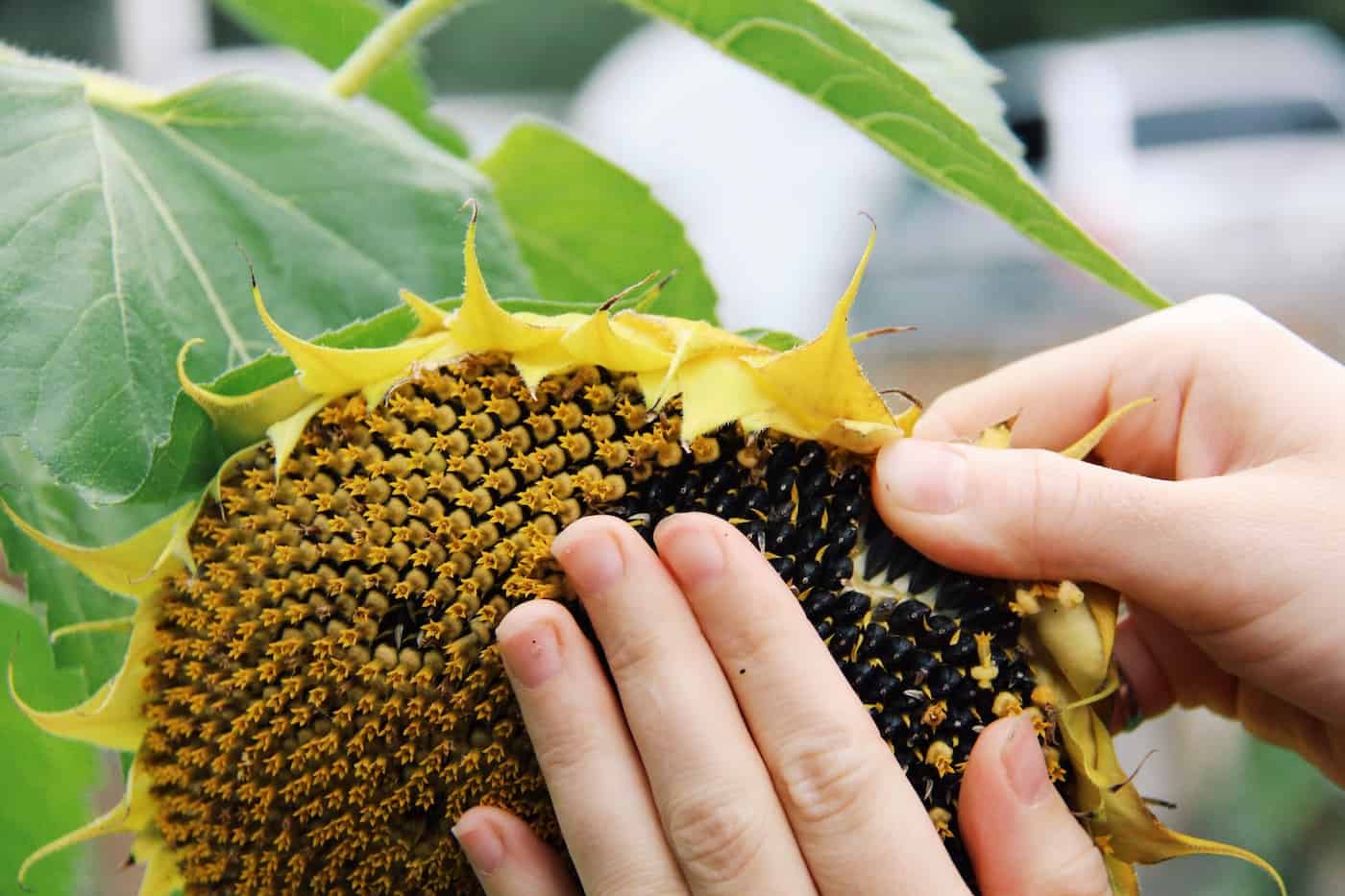
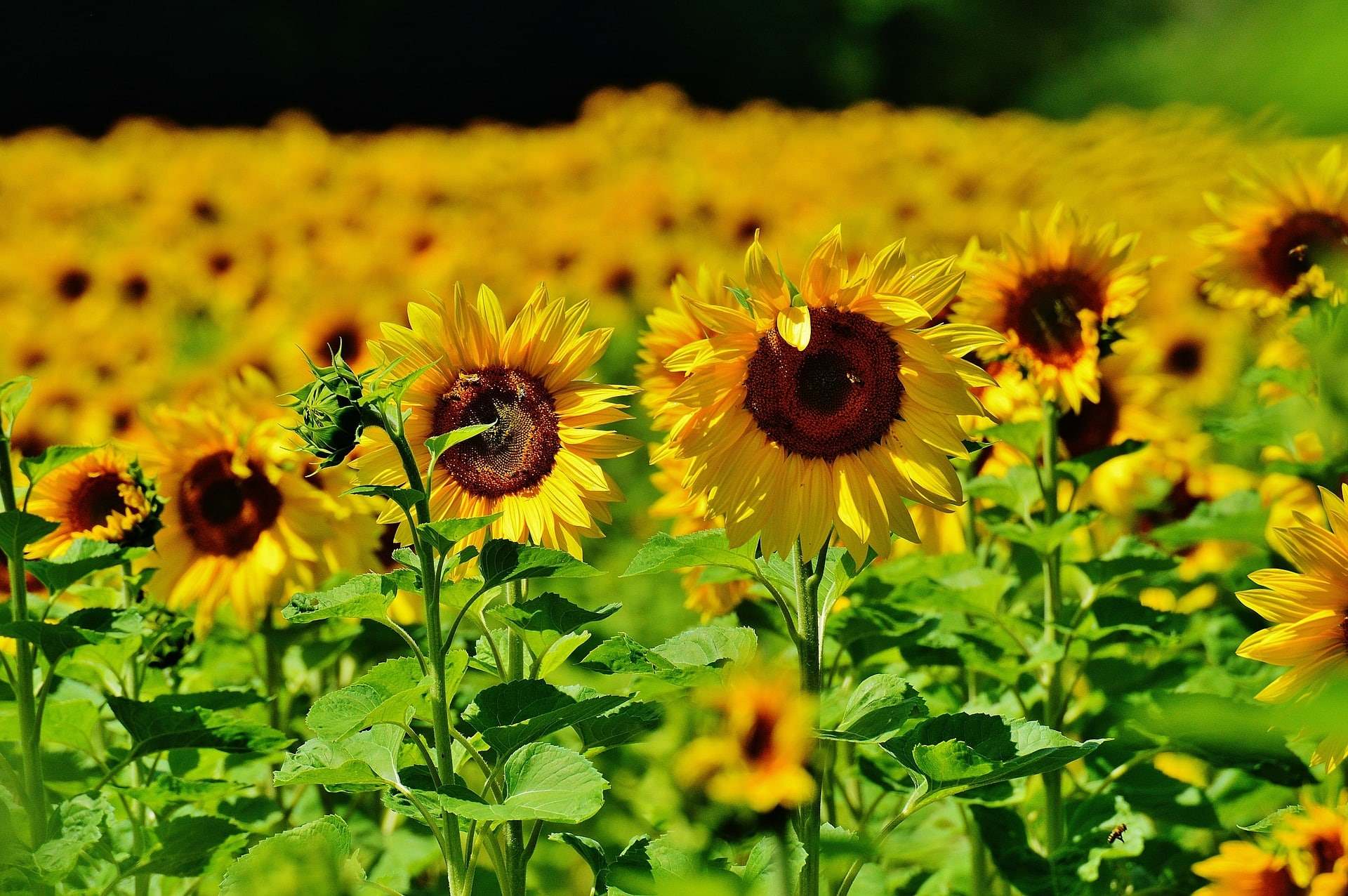
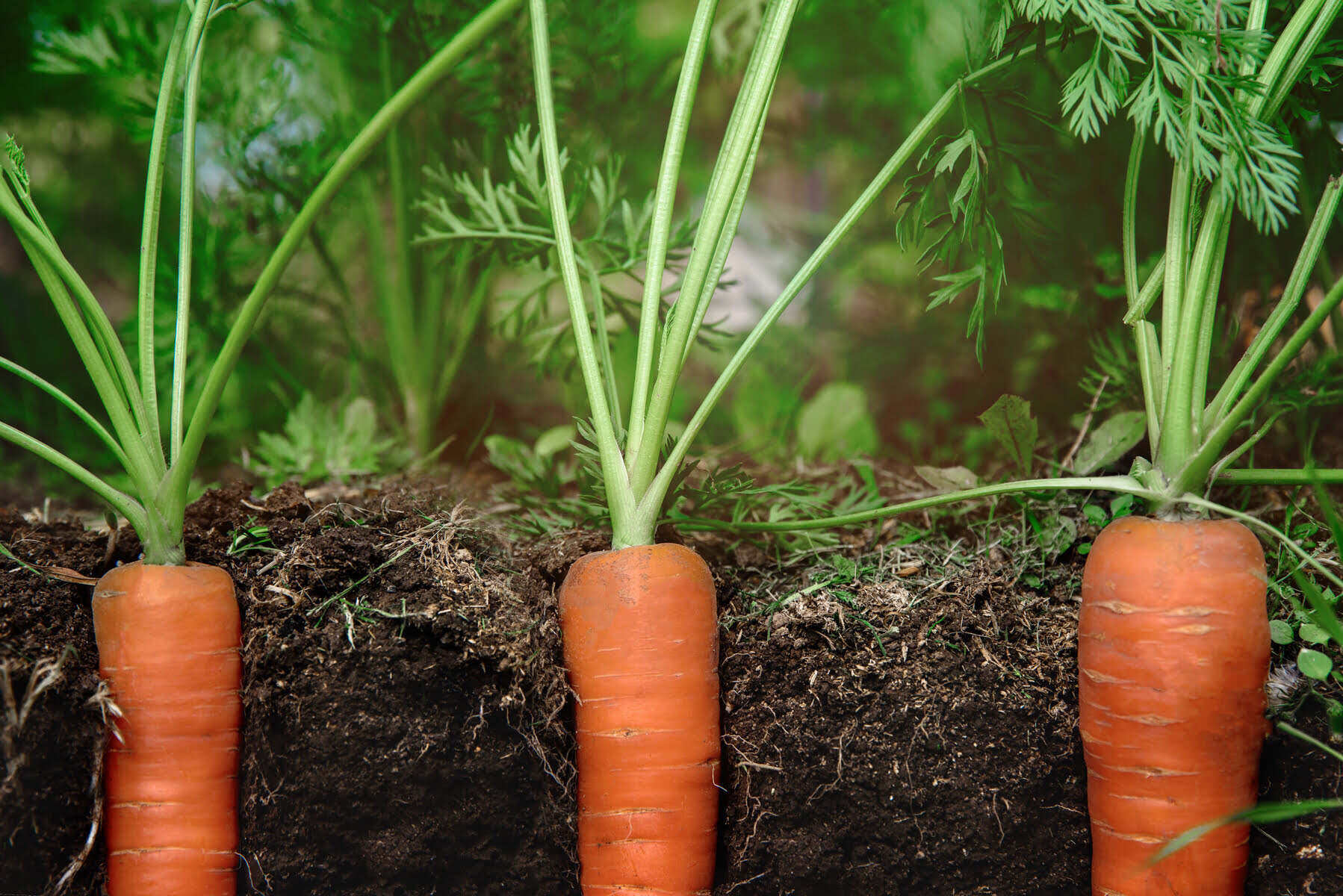
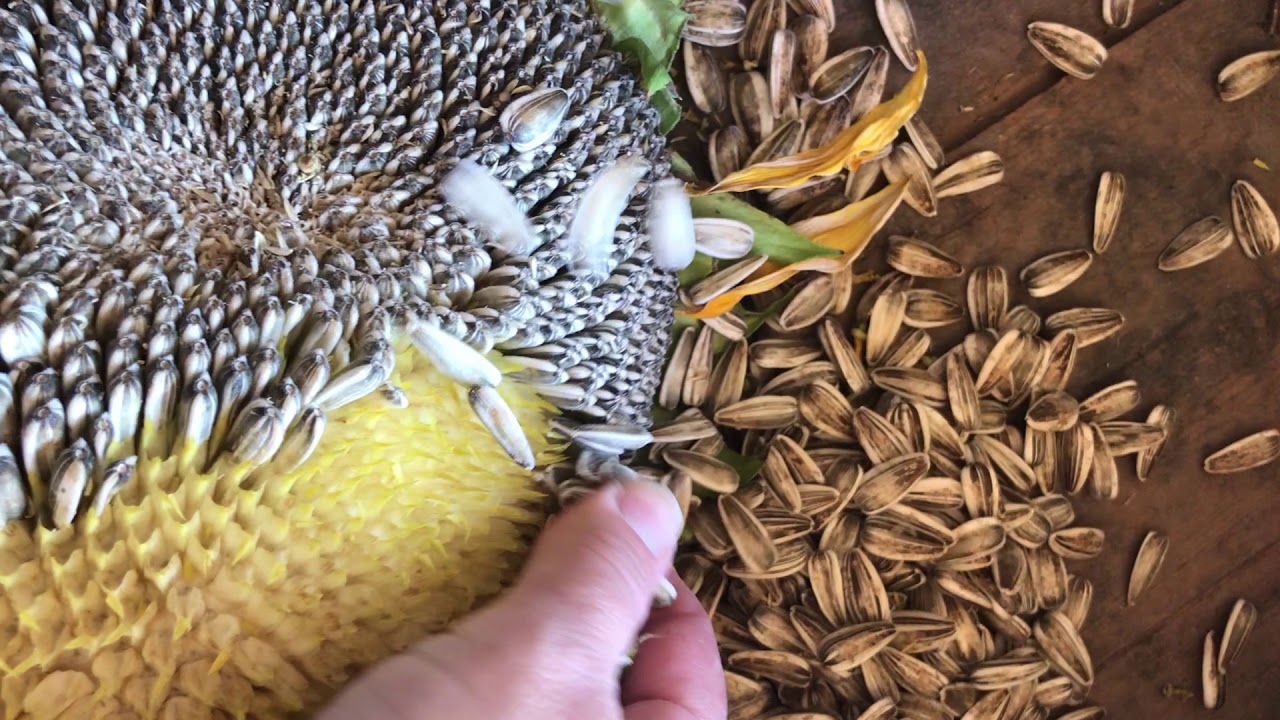
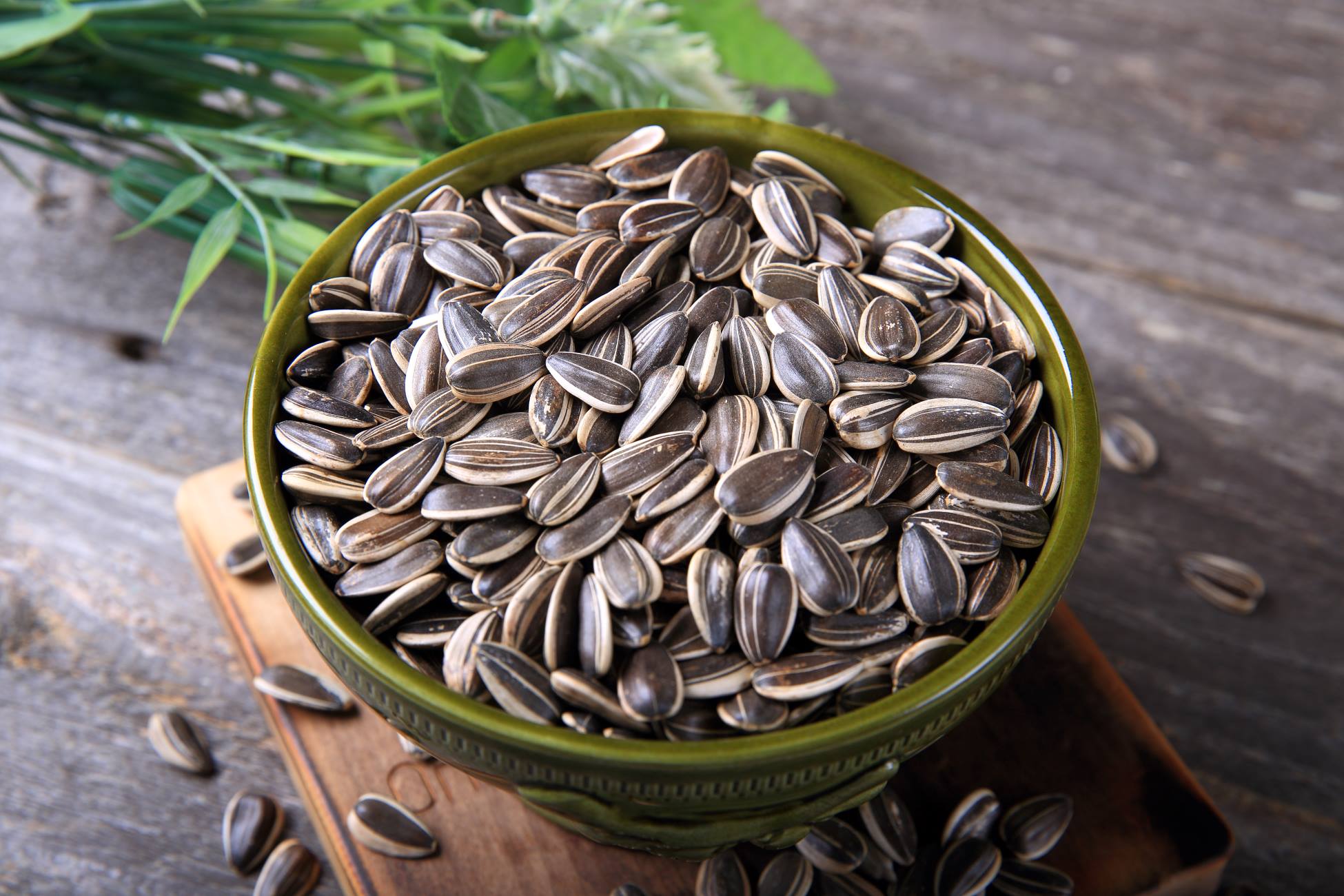
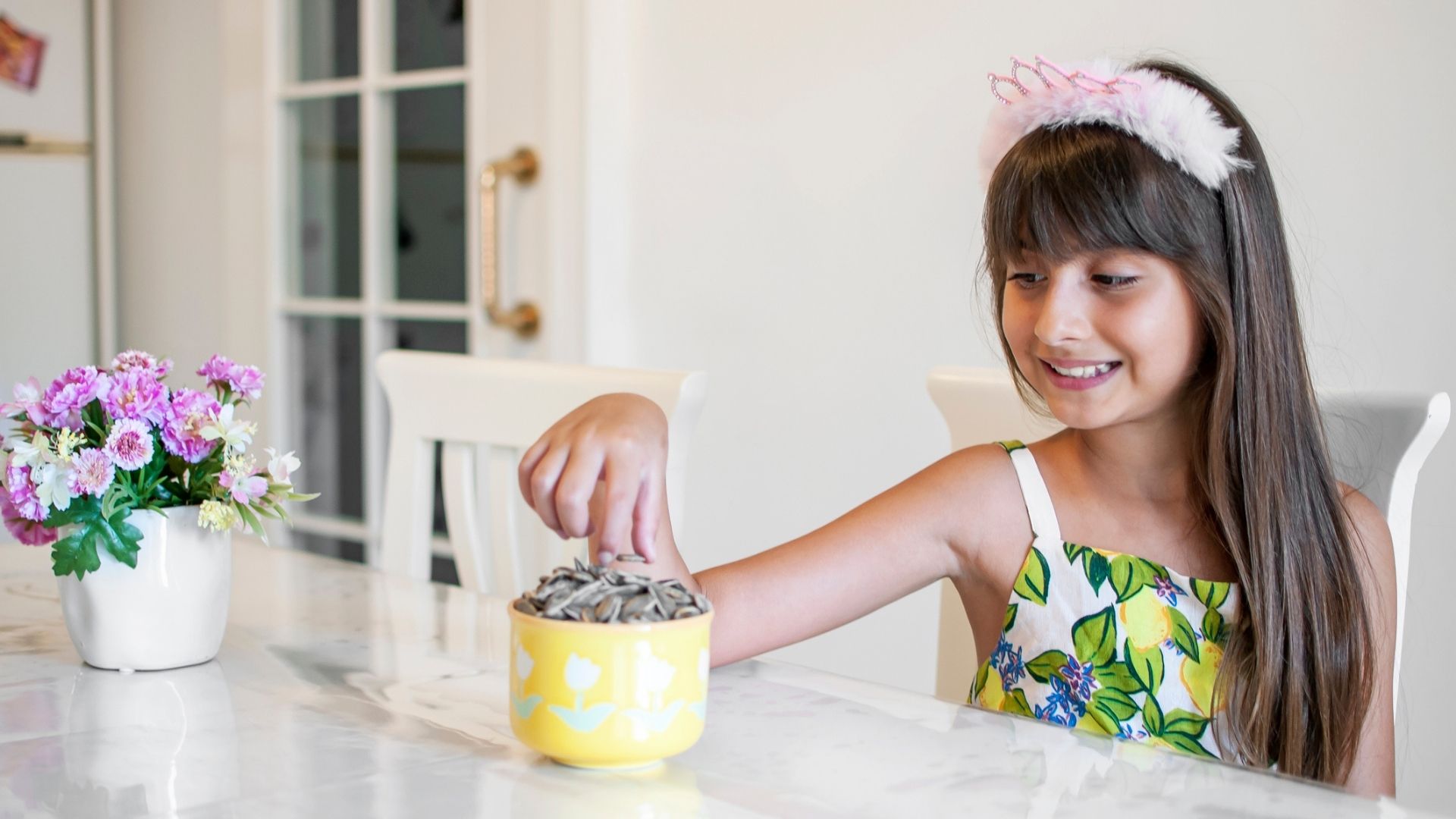
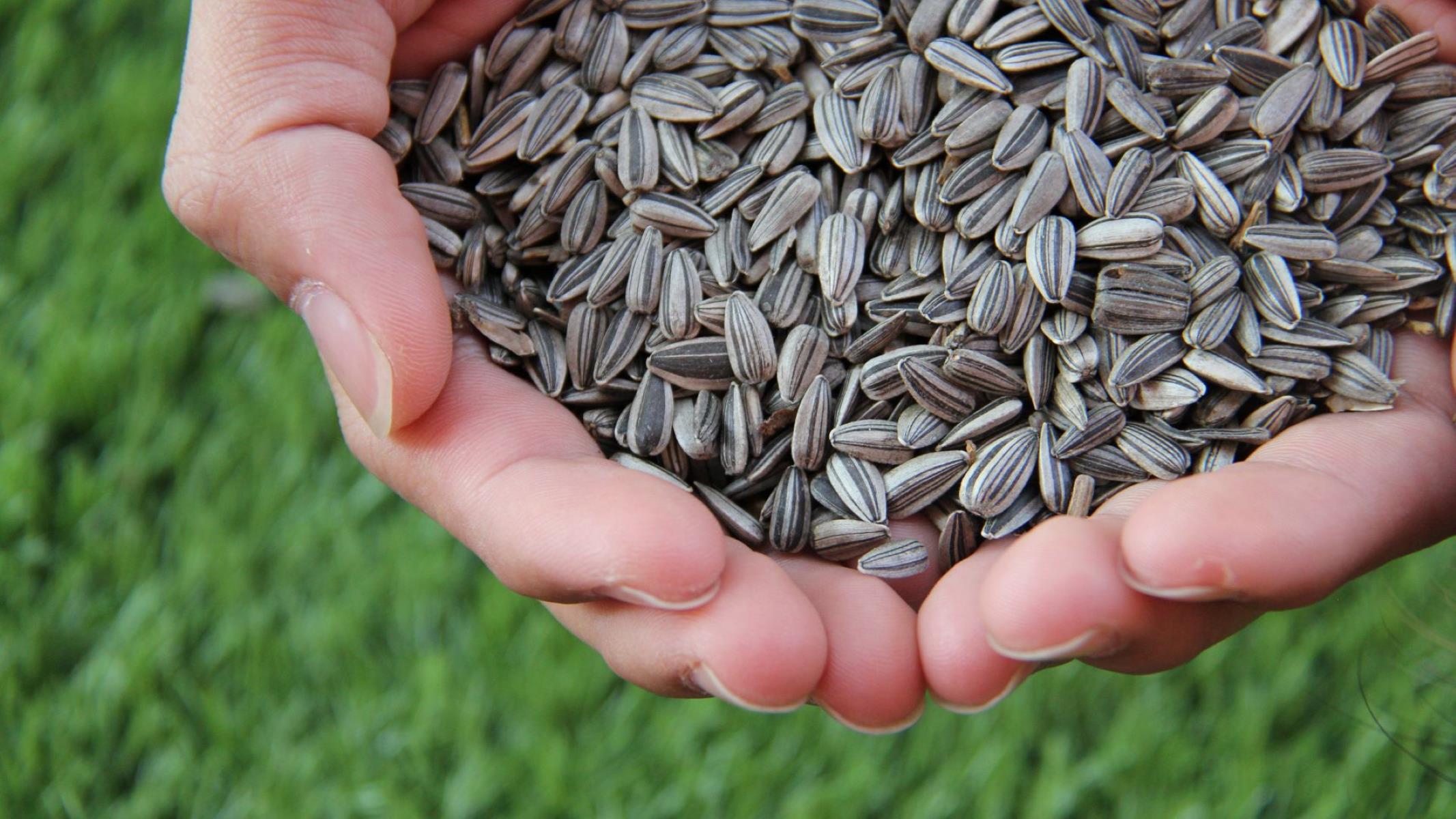
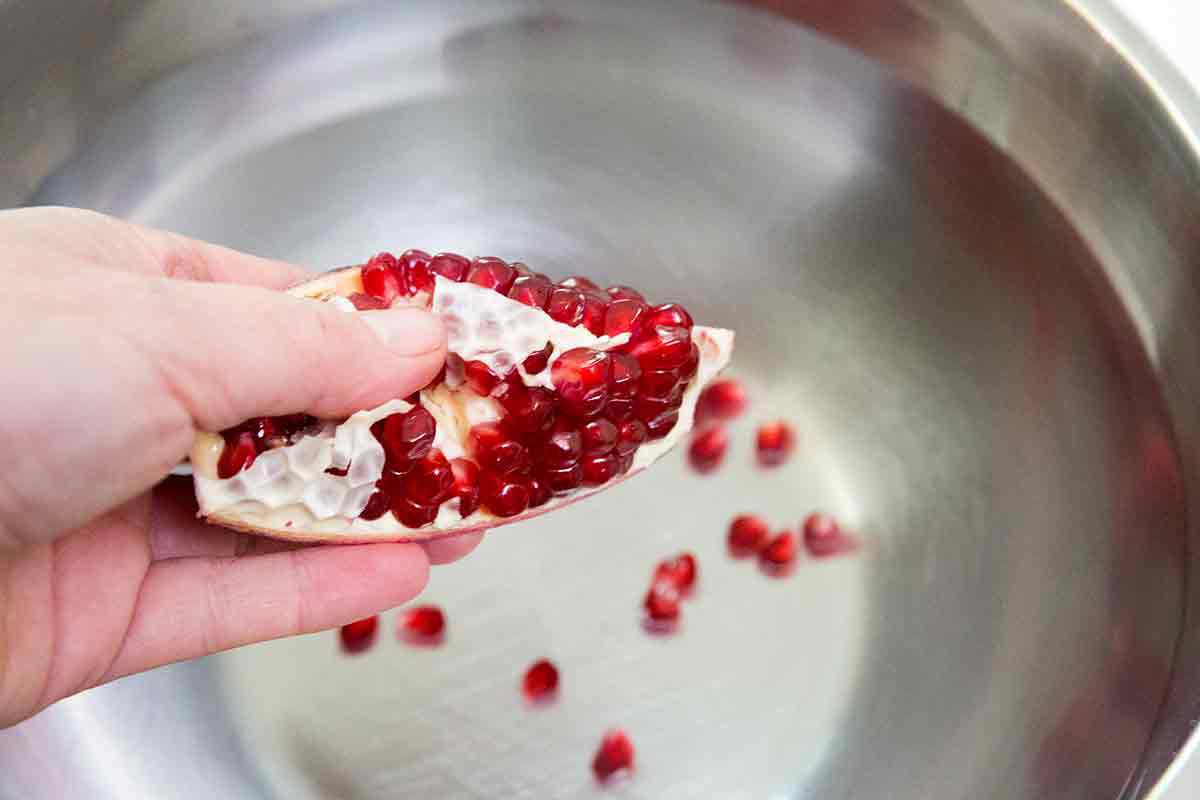

0 thoughts on “How Do You Get Sunflower Seeds From The Flower”